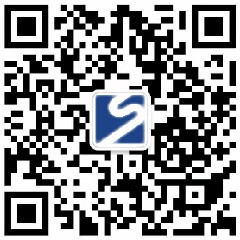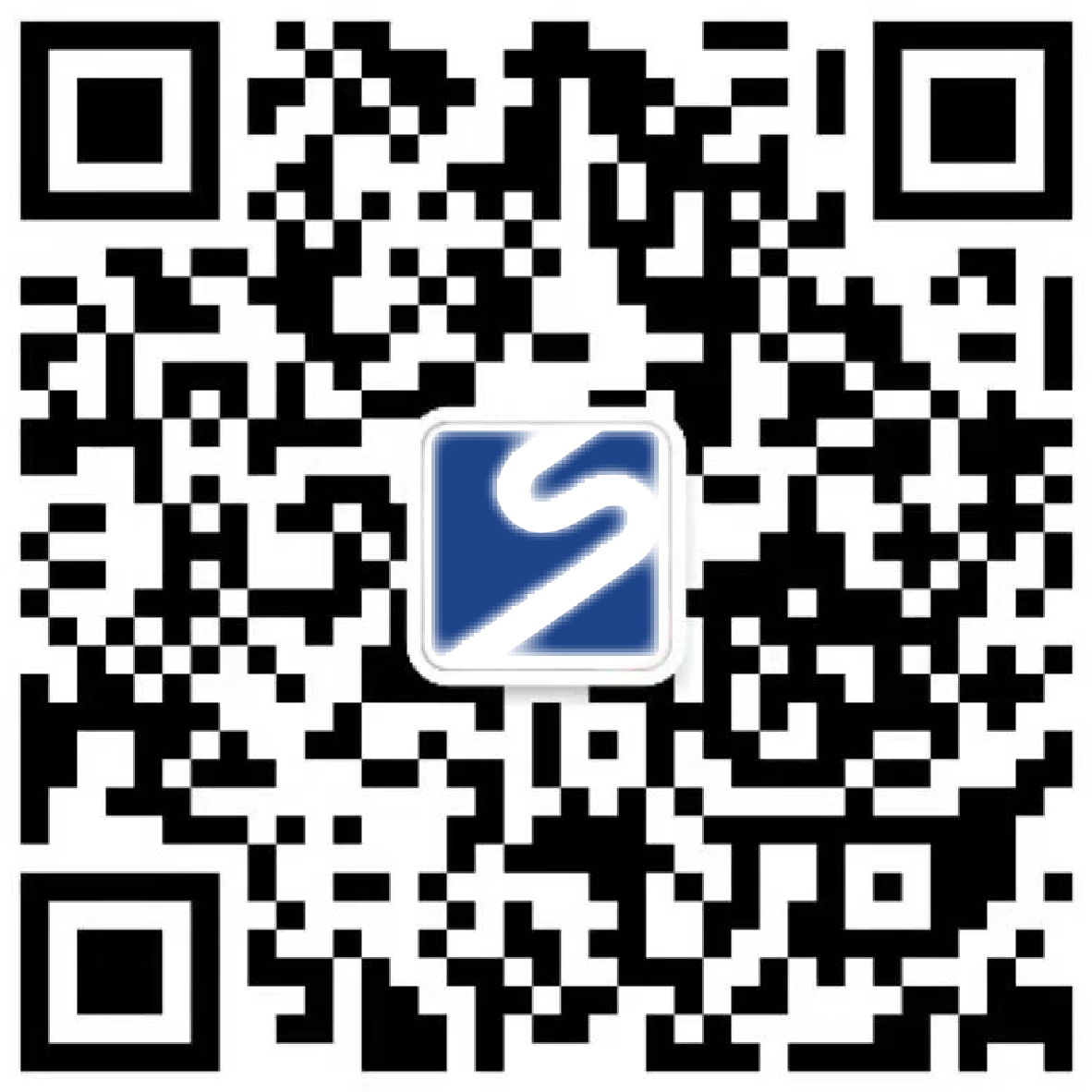Pain points of non-standard enterprise product album production: eight solutions for creating high-end albums from 0 to 1
Hello everyone, today Xiaobian talks about the "album design problems" of non-standard enterprises-have you encountered these heart-wrenching scenes?
1: The technical parameters are full of pages, and the customer will feel dizzy after turning through two pages; 2: The equipment shoots like a "steel monster", with no sense of aesthetic professionalism at all; 3: The 3D drawings are directly stuffed into the album, which is as stiff as the instructions; 4: The printed color difference is outrageous, and the rough craftsmanship lowers the brand grade...
Don't panic! This dry goods is a "special medicine" specially designed to treat these pain points. We sorted out a set of high-end picture album solutions from 0 to 1 for complex non-standard equipment (large machinery/customized production lines/engineering equipment/precision components), and 8 steps reach the effect of "let the technology speak and let the products sell themselves"!
Pain point: Why can't ordinary picture albums save non-standard enterprises?
Non-standard products are born with their own "understanding threshold": deep technology, strong customization, large volume and many details. If the traditional album is only an "information porter", it will directly lead to :
The customer can't understand: the terminology written by the engineer, the purchasing manager is confused;
The selling point is buried deeply: the core advantage is submerged in the ocean of parameters;
Printing off the chain: the design draft is quite advanced, and it looks like a knockoff;
The conversion rate is on the street: the album is sent out and sinks into the sea, and the sales scratch the head.
The solution? --Use "product thinking" to make a picture album! The following 8 solutions closely follow the characteristics of non-standard products step by step, and are specially designed for high-end transformation ↓
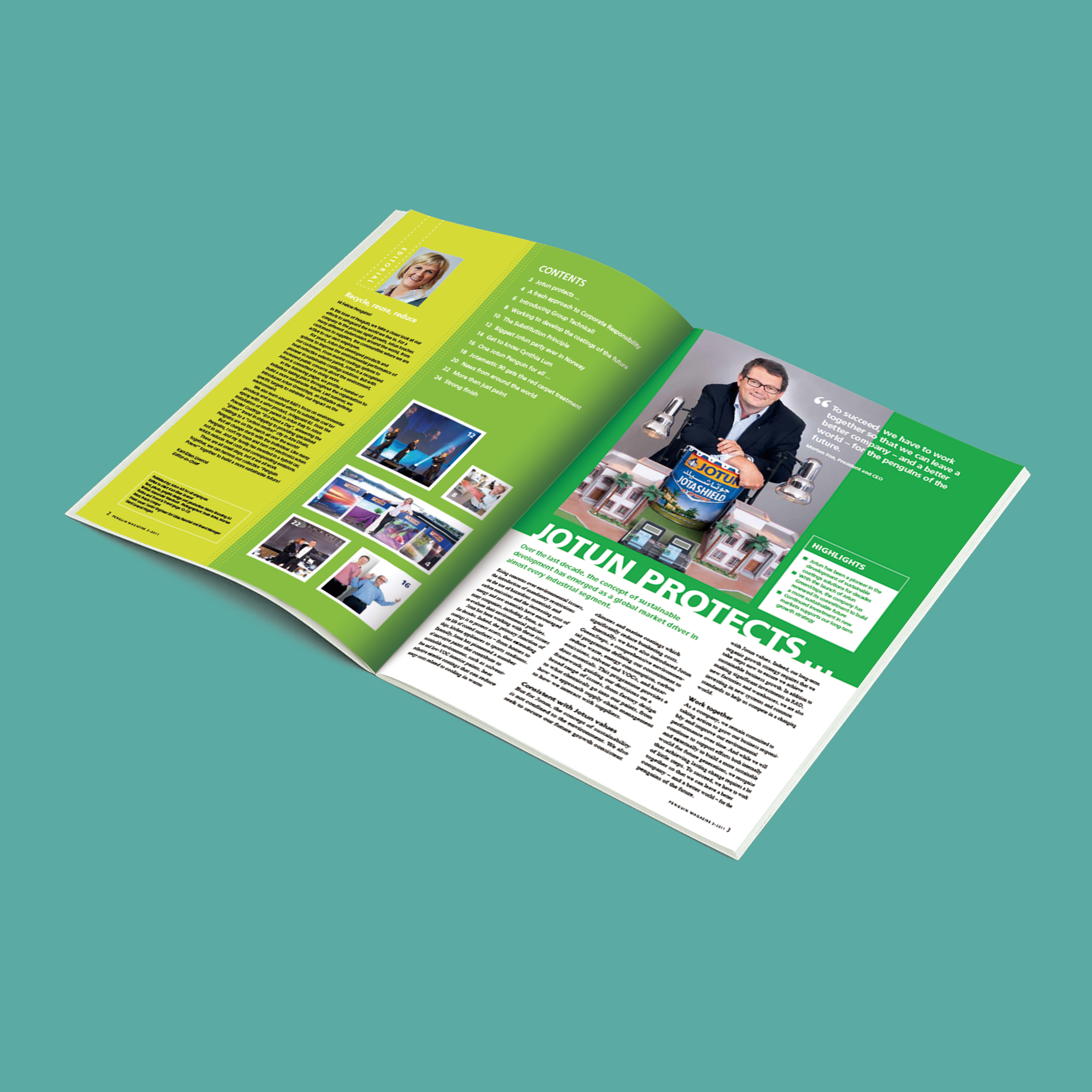
Solution 1: Dig the demand accurately, and don't let the album "self-satisfied"
Key Actions :
Squatting interview: Don't just ask the boss! It is necessary to hold a roundtable meeting with sales (understanding customer pain points), engineers (understanding technical core), and after-sales (understanding usage scenarios) to record "10 soul questions often asked by customers".
Go to the workshop with a ruler: personally measure the equipment, take pictures of details and record the working conditions. For example, how can the gantry structure of a giant machine tool capture a sense of strength? How does the coating of the precision valve body show its texture? I don't know until I see it on the spot!
Album KPI list: Clarify the core goal: Is it the bidding technical bid document? Or does the exhibition catch eyeballs quickly? Or a product encyclopedia for channel providers? Different goals, copywriting and design logic are very different!
Non-standard exclusive TIP: "Label" the equipment!
For example: "Customized module supports 24-hour rapid change" (solving the pain points of flexible production), "thermal deformation accuracy is controlled at 0.001 mm" (crushing the data of competing products), these are the keys to customers' willingness to pay!
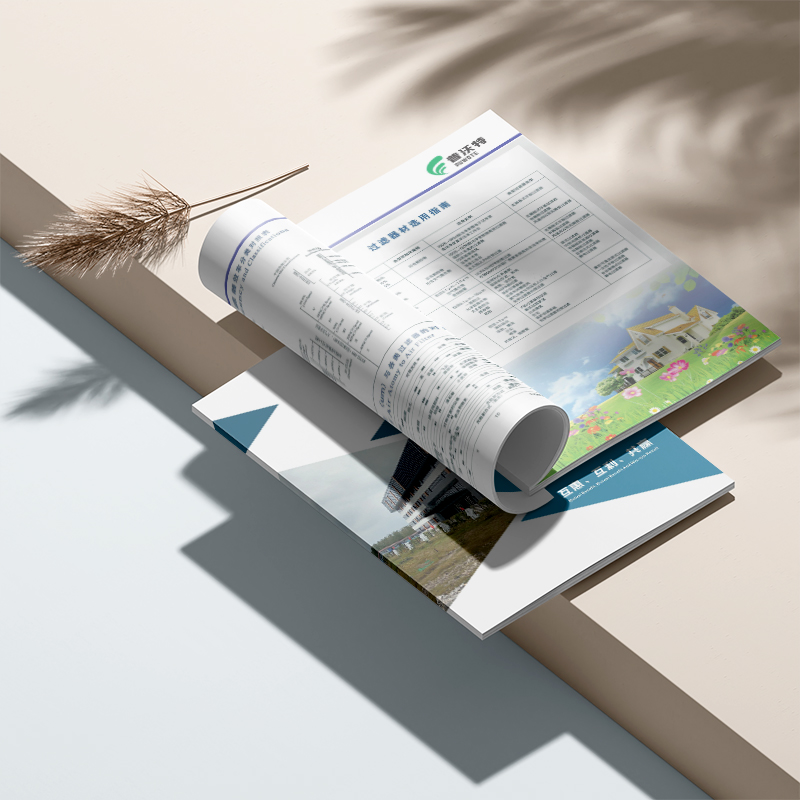
Solution 2: Subtract information and nail logic
Don't learn textbooks! The information architecture of non-standard picture albums should be like a "suspense drama"-hooking customers layer by layer :
Home Critical Hit Pain Points: Directly poke industry problems (such as "capacity bottleneck?" "Unstable yield?") Your equipment is the ultimate solution;
Core advantage preview: List three killers (such as "intelligent closed-loop control" and "foundation-free installation") with short icon sentences;
Technical visual presentation: turn complex principles into flow charts/comparison charts (explained in detail later);
Case trust endorsement: the percentage of real photo data of the customer's factory area is increased (100 times more powerful than "customer says yes");
Accurate Call to Action: Leave contact information? It's better to add a "scan code to get a customized plan" QR code!
Copywriting mentality :
The engineer writes the first draft → the marketing department translates "human words" → the sales deletes all nonsense!
Remember: The giclee is not a technical manual, it is a "sales weapon"! 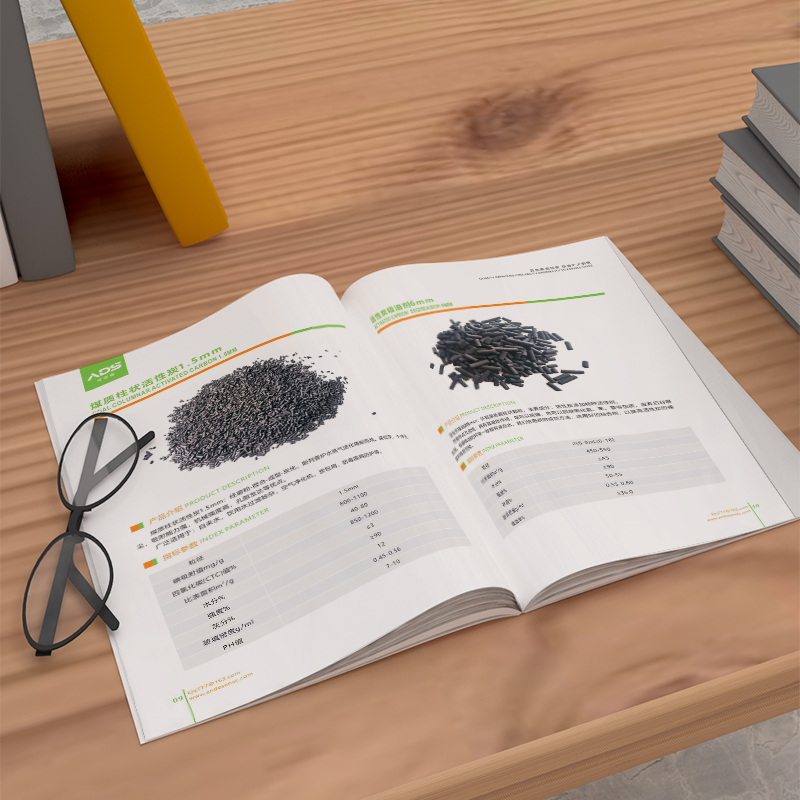
Solution 3: Industrial-level "casting" of visual materials
Ordinary photos = self-destruction of martial arts! 3 things you must do when shooting with non-standard equipment :
Renting a studio is better than entering a workshop: shooting in a real production environment! Let the equipment connect pipes, grab workpieces, sparks fly... dynamic scenes show their strength.
The lighting is the second designer: the metal reflective surface uses a soft box, the dark body uses outline light, and the macro lens shoots the surface treatment texture-the lighting is not in place, and millions of equipment shoots into scrap metal.
3D model god assists :
Complex internal structure? Render sectional views with 3D files;
Many customization options? Toggle color scheme/module demo with model;
Dynamic principle difficult to shoot? Take screenshots of sequence frames with 3D animation!
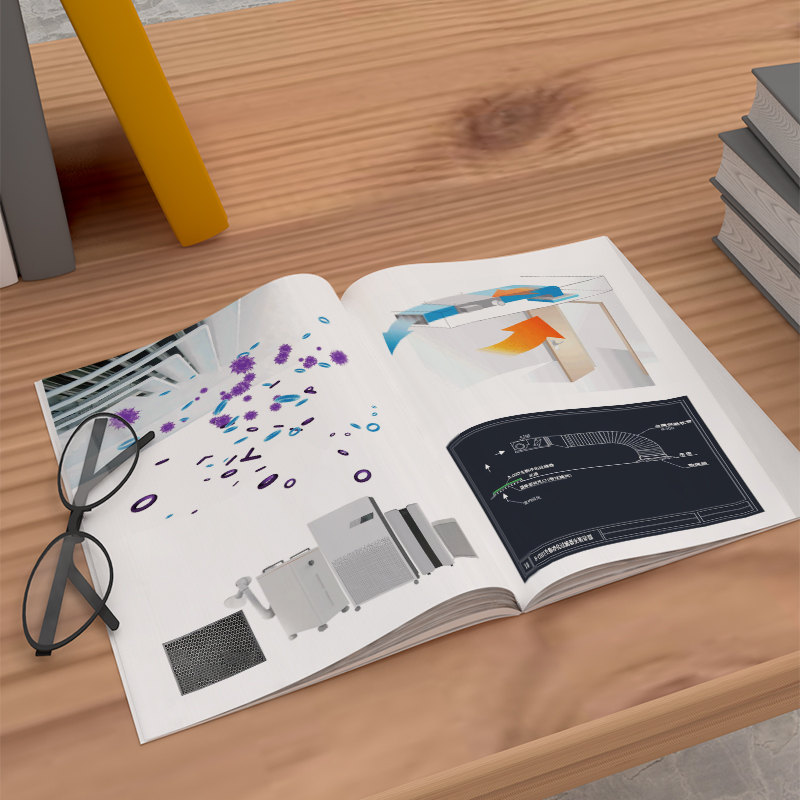
Solution 4: The brand tone should be "cold", not "cold"
Myth: Industrial products = black, white and gray square fonts? Big mistake!
Visual password for high-end non-standard picture albums :
Psychology of color :
Dark blue silver gray (precise and reliable transmission)
Dark green bronze (highlighting the sense of strength of heavy equipment)
Local bright orange/technology blue (guiding visual focus)
Choose the font "Handsome Guy with Cold Face" :
The title is in thick sans-serif font (such as Din Pro Bold), and the text is in easy-to-read font (Siyuan Song English version), rejecting the "cute feeling" of italics/round font!
Grid system locks rigor :
With an 8-or 12-grid baseline grid, the pictures are strictly aligned with the text. No matter how much information there is, it won't be confusing!
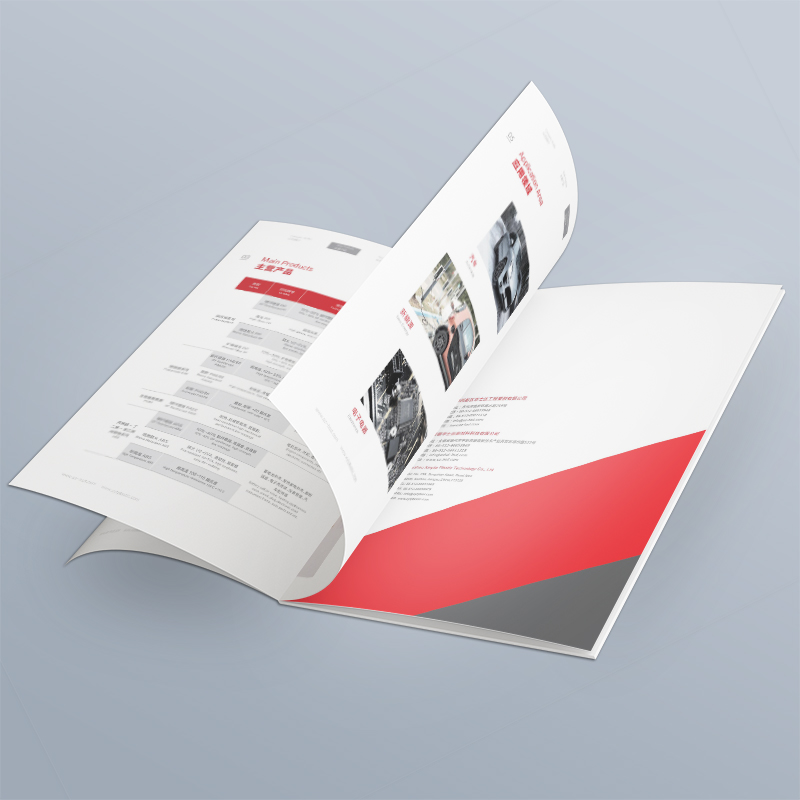
Solution 5: Information Visualization-Let Technology "Dance"
This is a heavy weapon for high-end giclee albums! 4 tricks to turn boring data into eye-catching focus :
Explosion diagram layered storytelling :
Disassemble the core modules of the equipment and mark the innovation points with arrows (such as "self-developed shock absorbing bearings");
Parameter comparison and play "find the difference" :
Make a radar chart of the key indicators (energy consumption/accuracy/failure rate) of your equipment and competing products, and mark the crushed area in red!
How it works Timeline :
Turn the process of "feeding → processing → inspection → delivery" into numbered illustrations, and Xiaobai can understand them in seconds;
Customization option "A la carte" :
Display optional configurations (such as spindle power/fixture type) with an icon matrix, and the customer can calculate the quotation by ticking it!
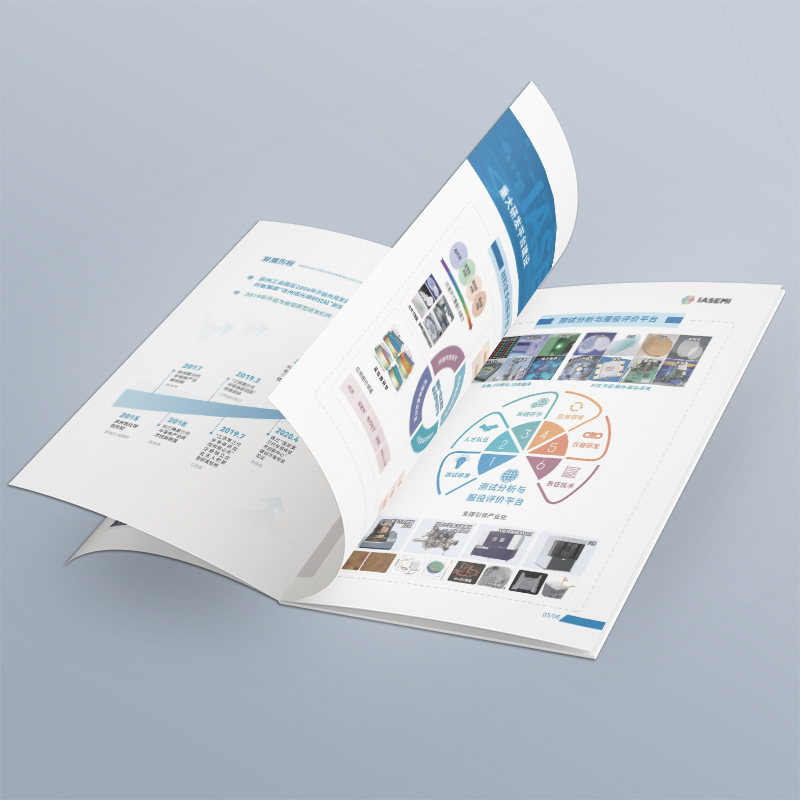
Solution 6: Technical drawings "Rebirth Plan"
CAD drawings posted directly? The customer wants to tear the book! Must do a second creation :
Vector redrawing to improve appearance :
Use Illustrator to optimize line thickness, delete redundant labels, and add shadows to enhance the three-dimensional sense;
Local color and emphasis :
Fill in the core components (such as gold for the patented technology part), leave the rest blank, and lock the key at a glance;
3D model to "art draft" :
Use the rendered wireframe pattern diagram, paired with the translucent material effect, and the sense of technology explodes!
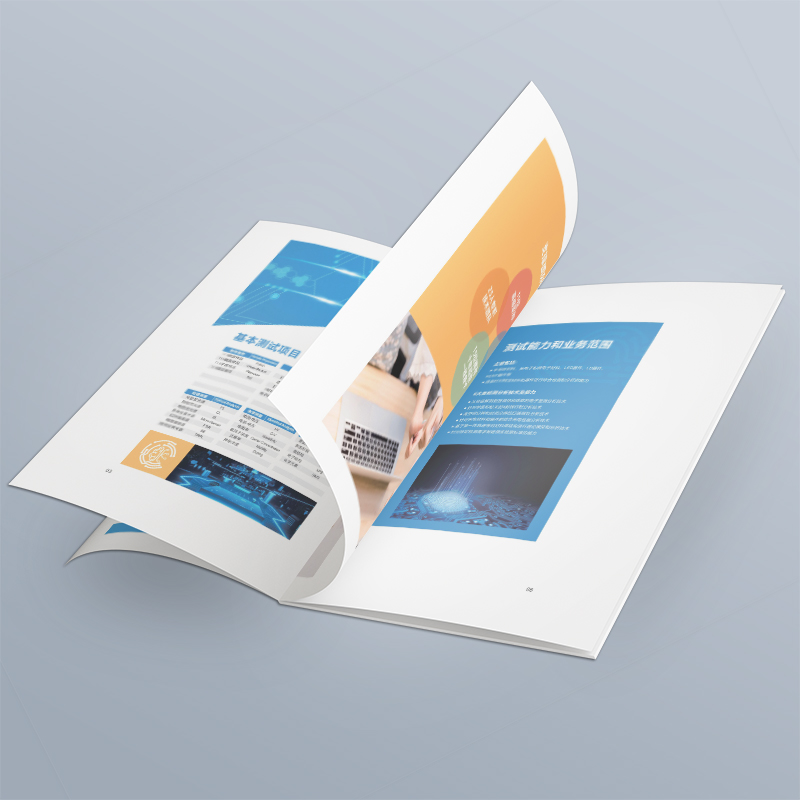
Solution 7: Data review-1 wrong number, 1 million orders are lost!
Non-standard picture albums are most afraid of "the collapse of people"! Build a triple firewall :
Technical parameters "three-session joint review" :
The engineer checks the data → the product manager confirms the application scenario → the forensic check the patent labeling;
Picture "Let's find fault" :
Match the drawing number with the text description one by one (as shown in Figure 3, corresponding to paragraph 2 of the text);
Deadly information double confirmation :
Contact information, company address and website are verified by the marketing department and the sales department simultaneously. 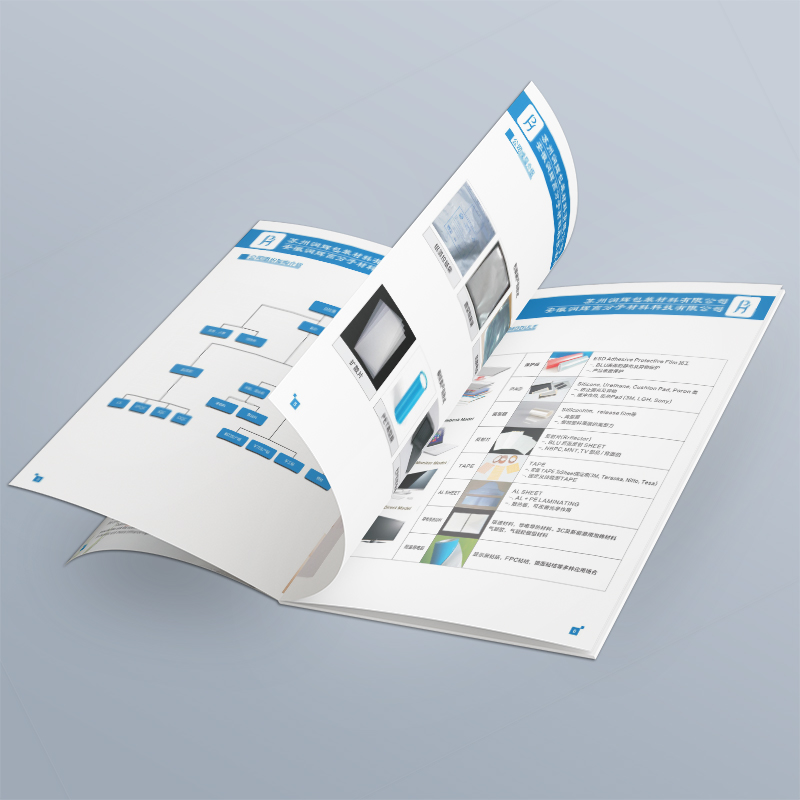
Solution 8: Printing quality control-don't let the last 1 kilometer roll over!
The design draft is picturesque, but it is printed and rotten? Hold 3 lines of defense :
Prepress proofing "looking at the demon mirror" :
Must do physical proofing! The electronic manuscript can't see the bronzing thickness/UV concave and convex texture;
Use Pantone color card natural light source for color matching to avoid "the screen is as bright as a flower, but the real thing is as gray as soil";
Printing factory's "thorough examination" :
Ask the equipment model (Heidelberg CX104 or small domestic machine?), Look at the samples of similar industrial albums, and indicate the color difference range when signing the contract;
Craft matching "prescribing the right medicine" :
For heavy equipment, choose thick cardboard embossed LOGO (the feel shows the weight);
Local UV touch film for precision instruments (gloss contrast highlights quality);
The catalogue that I often read is made of hardcover with locked threads (spread flat without dropping pages). 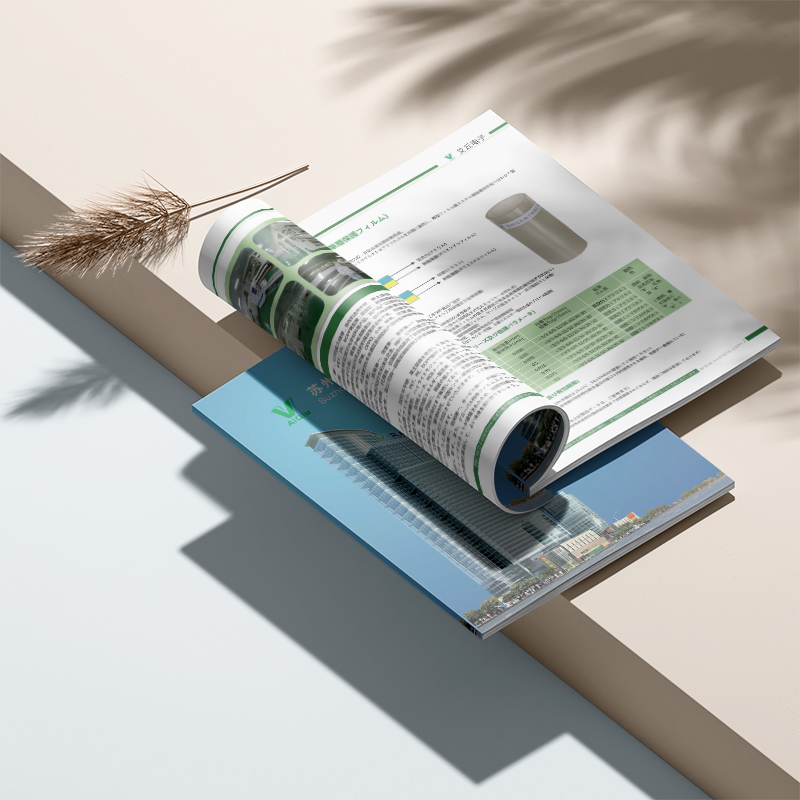
Make the album yours "silent sales manager"
Non-standard equipment is expensive, and customers make more cautious decisions. A high-end picture album with industrial vision, technical visualization and zero printing flaws is your 24-hour online sales trump card! It sorts out complex technologies with a precise logical framework, interprets the soul of products with shocking visual language, and protects brand reputation with strict quality control standards-let the cold steel behemoth tell the hot story of making money!
Core value closed loop: digging through needs → nailing logic → stumbling on vision → taming technology → forcing details = letting customers pay for professionalism!
Redefine your business now with these eight solutions Product Picture Book--Don't let mediocre design drag down top technology, and don't let rough printing derogate brand value!

